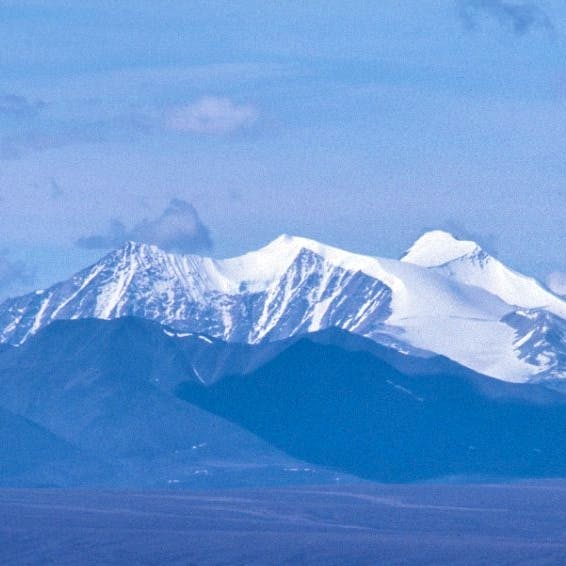Defenders of Wildlife praises first large-scale solar project approved for public lands in Arizona
Summary:
- The Interior Department approved the first large-scale solar power plant to be built on public lands in Arizona today.
- Defenders of Wildlife praised the project, calling it an example of "Smart from the Start" solar energy development.
Defenders of Wildlife praised the first large-scale solar power plant approved to be built on public lands in Arizona today, calling the Sonoran Solar Project a shining example of how collaboration among the solar industry, conservation groups, agencies and the local community leads to “Smart from the Start” renewable energy development.
“The way in which this project was planned sets the standard for future projects,” said Matt Clark, Defenders of Wildlife’s Southwest representative. “Both NextEra and the Bureau of Land Management listened to the public’s concerns regarding the project’s water consumption and impacts on wildlife and sensitive lands in the Sonoran Desert, then came up with significantly improved alternative that is a win-win for people and the environment.”
Background:
Project developer, NextEra Energy, and the U.S. Bureau of Land Management avoided the conflicts and slowdowns that have plagued some other large-scale renewable-energy projects by soliciting early public input, and by working closely with conservation groups and the community to substantively address legitimate concerns with the initial project proposal.
The company initially proposed building a 375-megawatt solar thermal power plant, a technology that draws heavily on groundwater to generate electricity. The power plant would have likely deprived local communities and wildlife of already scarce water supplies in the arid region. Defenders and other conservation groups flagged this problem during the project’s initial public comment period, and the BLM and NextEra responded by redesigning the project with solar panels capable of generating as much as 300 megawatts of clean energy, using 98 percent less water. Because the project site is located near the Sonoran Desert National Monument, visual and auditory impacts were also important considerations. The project’s switch from solar thermal to photovoltaic technology significantly reduced both visual and auditory impacts, protecting the wild character of the nearby monument.
The company also reduced the project’s footprint by more than 1,600 acres, lessening its impact on wildlife and habitat. In addition, this site includes several important elements of “Smart from the Start” development: It has excellent solar resources, is close to existing transmission lines capable of delivering the energy to nearby cities, and has limited conflicts with wildlife and other natural resources.
Learn more about Defenders’ work on renewable energy.
Contact(s):
James Navarro, (202) 772-0247For over 75 years, Defenders of Wildlife has remained dedicated to protecting all native animals and plants in their natural communities. With a nationwide network of nearly 2.1 million members and activists, Defenders of Wildlife is a leading advocate for innovative solutions to safeguard our wildlife for generations to come. To learn more, please visit https://defenders.org/newsroom or follow us on X @Defenders.
News

Defenders Slams Trump Interior Pick Burgum

